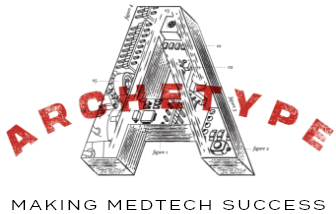Why integrate RTM and RM?
Dr. Stuart Grant, Principal Consultant at Archetype Medtech, explains how integrating RTM and RM facilitates regulatory approval.
In the medical device industry, ensuring safety and compliance with regulatory standards is crucial.
Two key tools in this process are the Requirement Traceability Matrix (RTM) and Risk Management (RM).
- The RTM ensures that all product requirements are captured, traced, verified, and validated throughout the development process. It also ensures the final product meets the intended user needs.
- RM is used to identify, analyse, evaluate, and control risks associated with a medical device throughout its lifecycle. It aims to reduce risks to an acceptable level and ensure the device's safety.
These tools work together to ensure all requirements are met and potential risks are identified, mitigated, and managed throughout the product lifecycle.
Key elements of the RTM
- Requirements (design inputs) - Lists all user, functional, non-functional, regulatory, and any other design requirements.
- Design Specifications - Links design requirements to design outputs (features, functions, labelling, packaging, etc.).
- Verification and Validation (V&V) - Ensures each requirement is tested and validated to meet the established acceptance criteria.
- Traceability - Shows the relationship between requirements, design specifications, and V&V.
Key elements of RM
- Risk Identification - Identifies potential hazards and harms associated with the device.
- Risk Analysis - Assesses the severity and probability of each identified risk.
- Risk Evaluation - Determines the acceptability of each risk based on predefined criteria.
- Risk Control - Implements measures to mitigate or eliminate risks.
- Risk Monitoring - Continuously monitors and reviews risks throughout the product lifecycle.
How are the RTM and RM Integrated?
Each requirement in the RTM can be associated with potential risks, ensuring that all risks are considered when defining requirements. For example, if a requirement specifies particular material properties for the device, the RM will assess risks related to biocompatibility and material degradation.
Design
The design specifications in the RTM must address the identified risks. This means risk control measures, such as design features or protective mechanisms, are incorporated into the design specifications. The RTM ensures that these risk controls are implemented and traced back to the original requirements.
Verification and Validation
The V&V activities listed in the RTM must include tests to ensure that the risk control measures are effective.
For instance, if the RM identifies a risk of electrical shock, the RTM must include a test to verify the effectiveness of insulation and grounding. The traceability in the RTM ensures that every risk has been mitigated and verified through appropriate testing.
The RTM provides a structured way to trace requirements through design and testing, while the RM ensures that all potential risks are identified, assessed, and mitigated.
RTM and RM are living documents that change as the device progresses through its lifecycle. Both documents are updated with any changes in requirements or when new risks are identified during post-market surveillance.
The RTM helps to track changes made in response to risk assessments, ensuring that all modifications are documented and verified.
Conclusion
Integrating RTM and RM provides a comprehensive view of how requirements and risks are managed, which in turn facilitates regulatory approval.
By integrating these documents, safety is incorporated into the design from the start and maintained throughout the product lifecycle, ensuring compliance with regulatory standards and ultimately guaranteeing the safety and effectiveness of the medical device.



